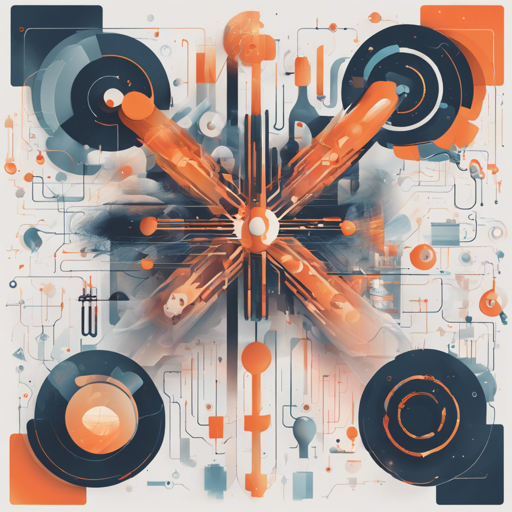If you’re racing against time to complete an image classification project using PyTorch, specifically tailored for tackling deadlines, you’ve arrived at the right place. This guide will help you navigate through setting up an experiment that could be finished within hours. So let’s roll up our sleeves and get crackin’!
Getting Started
This repository is inspired by the swift nature of fb.torch.resnet, and designed for those who want an urgent experimentation setup. Before diving in, make sure you have PyTorch installed. The repository supports both Python 2.7 and 3, but testing was primarily done with Python 3.
Run the following command to see all possible arguments you can use:
python main.py -hTraining Your Model
Training models is akin to preparing for an athletic competition—you need to tailor your training regimen based on the event at hand. Similarly, depending on your dataset—CIFAR-10 or CIFAR-100—you’ll use specific commands tailored to your model’s architecture. Here’s a breakdown of how you can train:
Train a ResNet-56 on CIFAR-10
CUDA_VISIBLE_DEVICES=0 python main.py --data cifar10 --data_aug --arch resnet --depth 56 --save savecifar10-resnet-56 --epochs 164Train a ResNet-110 on CIFAR-100
CUDA_VISIBLE_DEVICES=0,2 python main.py --data cifar100 --arch resnet --depth 110 --save savecifar100-resnet-110 --epochs 164For examples of training commands, refer to scripts/cifar10.sh and scripts/cifar100.sh files.
Evaluating Your Model
Evaluation can be thought of as the post-competition analysis where you assess your performance. Use the following command to evaluate your model:
python main.py --resume save/resnet-56_model_best.pth.tar --evaluate test --data cifar10Incorporating Your Custom Model
If you wish to add your own flavor to the project, you can write your custom model in a *.py* file and place it in the **models** folder. This new model should have a function like:
createModel(arg1, arg2, **kwargs)Once that’s set, you can call your model by specifying it with –arch your_model_name.
Tracking Your Results
To analyze your training and validation results, use the tracking script:
python getbest.py save* FOLDER_1 FOLDER_2This script fetches best validation errors from the specified saving folders.
Features to Explore
- Experiment Setup Logging
- TensorBoard support for real-time visualization
- Smart saving strategies to prevent accidental data loss
- Support for multiple Python versions
Troubleshooting
If you encounter issues during your project setup, here are some troubleshooting tips:
- Ensure your device is properly set up to leverage GPU capabilities. Verifying the CUDA_VISIBLE_DEVICES environment variable could help.
- Check your Python version compatibility with the libraries you’re using.
- In case of import errors, revisit your directory structure and make sure the models and scripts are in the right folders.
- If you face challenges with TensorBoard, ensure all relevant logs are set in the correct directory.
For more insights, updates, or to collaborate on AI development projects, stay connected with fxis.ai.
In Conclusion
At fxis.ai, we believe that such advancements are crucial for the future of AI, as they enable more comprehensive and effective solutions. Our team is continually exploring new methodologies to push the envelope in artificial intelligence, ensuring that our clients benefit from the latest technological innovations.

